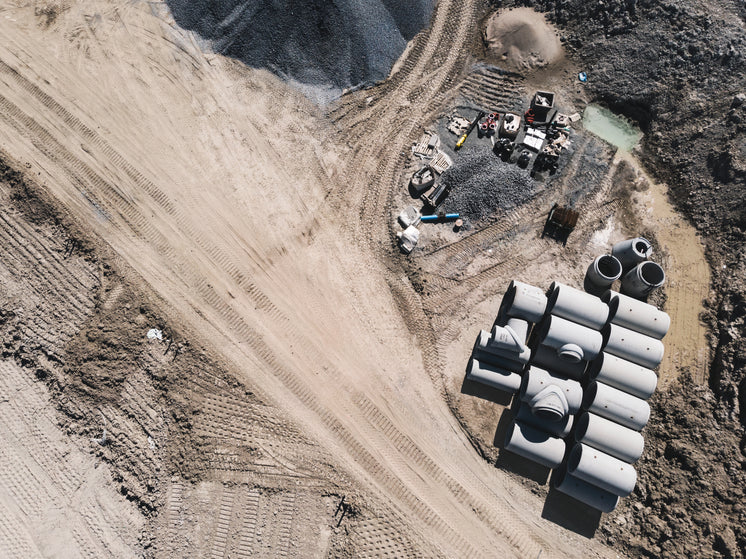
HVAC, an acronym for Heating, Ventilation, and Air Conditioning, encompasses the technologies used to control the temperature, humidity, and air quality within enclosed spaces. It's a critical component of modern buildings, ensuring comfortable and healthy environments for occupants, preserving sensitive materials, and enabling various industrial processes. If you beloved this posting and you would like to receive extra details regarding hvac design meaning kindly take a look at our own web-site. This report provides a comprehensive overview of HVAC systems, covering their fundamental principles, components, types, applications, and emerging trends.
Fundamental Principles:
The core function of HVAC systems is to manipulate the properties of air to achieve desired indoor conditions. This involves several key principles:
Thermodynamics: HVAC relies heavily on the principles of thermodynamics, particularly heat transfer. Heat can be transferred through conduction (direct contact), convection (fluid movement), and radiation (electromagnetic waves). HVAC systems utilize these principles to either add or remove heat from the air.
Fluid Mechanics: The movement of air and refrigerants within HVAC systems is governed by fluid mechanics. Understanding pressure, flow rate, and resistance is crucial for designing efficient and effective systems.
Psychrometrics: This branch of science deals with the properties of moist air, including temperature, humidity, enthalpy, and density. HVAC engineers use psychrometric charts to analyze and control the moisture content of air, ensuring comfortable and healthy humidity levels.
Key Components:
A typical HVAC system comprises several essential components working in concert:
Heating Unit: This component generates heat, typically using natural gas, propane, electricity, or oil. Furnaces, boilers, and heat pumps are common types of heating units.
Cooling Unit: This component removes heat from the air, typically using a refrigerant cycle. Air conditioners, chillers, and heat pumps (in cooling mode) are common types of cooling units.
Ventilation System: This component provides fresh air to the building and removes stale air, pollutants, and odors. Ventilation systems can be natural (relying on windows and doors) or mechanical (using fans and ductwork).
Air Distribution System: This system distributes conditioned air throughout the building. It typically consists of ductwork, vents, and registers.
Thermostat: This device controls the operation of the HVAC system by sensing the indoor temperature and activating the heating or cooling unit as needed. Modern thermostats can be programmable, allowing users to set different temperature schedules for different times of the day or week.
Air Filters: These components remove dust, pollen, and other particles from the air, improving indoor air quality. Filters should be regularly replaced to maintain their effectiveness.
Humidifier/Dehumidifier: These devices add or remove moisture from the air, respectively, to maintain comfortable humidity levels.
Types of HVAC Systems:
HVAC systems can be categorized based on their design, functionality, and application. Some common types include:
Central HVAC Systems: These systems use a single, centralized unit to heat and cool an entire building. They are typically used in residential homes, office buildings, and other large structures. Central systems often utilize ductwork to distribute conditioned air.
Split Systems: These systems consist of an outdoor unit (containing the compressor and condenser) and an indoor unit (containing the evaporator and air handler). They are commonly used in residential homes and small businesses.
Ductless Mini-Split Systems: These systems are similar to split systems but do not require ductwork. They consist of an outdoor unit and one or more indoor units that are mounted on walls or ceilings. Ductless mini-split systems are ideal for retrofitting existing buildings or for providing zoned heating and cooling.
Heat Pumps: These systems can both heat and cool a building by reversing the flow of refrigerant. They are highly energy-efficient, especially in moderate climates. Heat pumps can be air-source (extracting heat from the outside air) or geothermal (extracting heat from the ground).
Packaged HVAC Systems: These systems combine all the components of an HVAC system into a single unit. They are typically used in commercial buildings and are often mounted on the roof.
VRF (Variable Refrigerant Flow) Systems: These systems use a variable speed compressor to precisely control the flow of refrigerant to individual indoor units. They offer excellent energy efficiency and zoning capabilities. VRF systems are becoming increasingly popular in commercial buildings.
Applications of HVAC Systems:
HVAC systems are essential in a wide range of applications, including:
Residential Buildings: Providing comfortable and healthy living environments for homeowners.
Commercial Buildings: Ensuring comfortable and productive working environments for employees.
Industrial Facilities: Maintaining precise temperature and humidity control for manufacturing processes, data centers, and other sensitive applications.
Hospitals and Healthcare Facilities: Providing sterile and controlled environments to prevent the spread of infection.
Schools and Universities: Creating comfortable and conducive learning environments for students.
Museums and Libraries: Preserving valuable artifacts and documents by maintaining stable temperature and humidity levels.
Transportation: Providing comfortable environments in vehicles, trains, and airplanes.
Emerging Trends:
The HVAC industry is constantly evolving, driven by factors such as increasing energy costs, growing environmental concerns, and advancements in technology. Some emerging trends include:
Energy Efficiency: There is a growing emphasis on developing and implementing more energy-efficient HVAC systems. This includes using high-efficiency components, optimizing system design, and implementing smart controls.
Smart HVAC Systems: These systems use sensors, data analytics, and cloud connectivity to optimize performance and reduce energy consumption. Smart thermostats, for example, can learn user preferences and automatically adjust temperature settings.
Improved Indoor Air Quality (IAQ): There is increasing awareness of the importance of IAQ for human health and well-being. HVAC systems are being designed to improve IAQ by incorporating advanced filtration systems, ventilation strategies, and air purification technologies.
Sustainable Refrigerants: Traditional refrigerants have a high global warming potential (GWP). There is a growing trend towards using more sustainable refrigerants with lower GWP, such as natural refrigerants (e.g., CO2, ammonia, propane) and HFOs (hydrofluoroolefins).